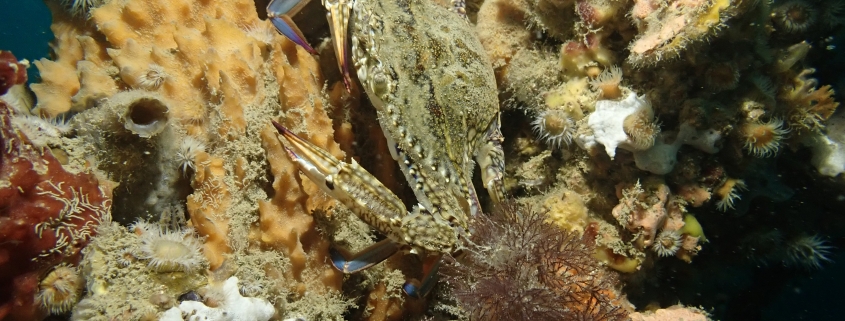A new life for old infrastructure
Coastal development is expanding rapidly across the state and it is estimated there are now more than 7,400 man-made marine structures, ranging from oil and gas infrastructure to shipwrecks and artificial reefs, in Western Australia.
In coming years, there will be increasing proposals to build new infrastructure in WA’s marine environment and regulatory approval will need to consider the impacts on stakeholders with a vested interest in the future of these structures.
Recreational fishers are an example of a sector that have become increasingly aware of the value of the marine life that has grown on, around and near these structures and are keen to capitalise on the ecosystem benefits to improve fishing experiences.
Recognising the need to better understand these impacts, research, funded by the Fisheries Research and Development Corporation and Chevron, assessed the values and benefits associated with these structures, examining stakeholder attitudes towards their installation or removal.
The published report, Enhancing the Understanding of the Value Provided to Fisheries by Man-made Aquatic Structures, is the result of a collaboration of researchers and subject experts across the WAMSI partnership.
Taking into account the hopes, aspirations, and concerns of all stakeholder groups, it suggests future installation of marine man-made structures will need to meet the social and environmental values and expectations of the community.
Lead researcher Professor Euan Harvey from Curtin University, said the work would inform future policy decisions, not only for the decommissioning of built structures in marine environments, but also for the design and installation of new projects.
“Whether it be in the form of new ports, offshore renewable energy, subsea cables and aquaculture facilities, WA is paving the way in delivering future marine infrastructure projects,” Professor Harvey said.
“This report will provide a vital point of reference for regulators, proponents and other stakeholders when considering the social and economic impacts of installation and removal.
“By considering the socioeconomic values of all potential stakeholders during the planning process, it will become increasingly more possible to maximise the social and economic benefits to potential users.”
“The marine structures of the future could be designed with decommissioning and removal in mind.”
WAMSI acknowledges the following authors for their input:
Euan Harvey, Fran Ackermann, Georgie Hill (Curtin), Julian Clifton, Michael Burton, Carmen Elrick-Barr, Johanna Zimmerhackel, Julian Partridge, Paul McLeod (UWA), Stephen Newman, Mark Pagano (DPIRD), Jenny Shaw (WAMSI) and Dianne McLean (AIMS)

